All Downhill from Here
What Automatic Differentiation can Do for Optics
Benjamin Pope, NYU
benjaminpope.github.io/talks/uqphysics/uqphysics.html
Work in collaboration with Sydney students Alison Wong (PhD)
and Louis Desdoigts (Honours)
and faculty Peter Tuthill (Sydney)/Laurent Pueyo (STScI).
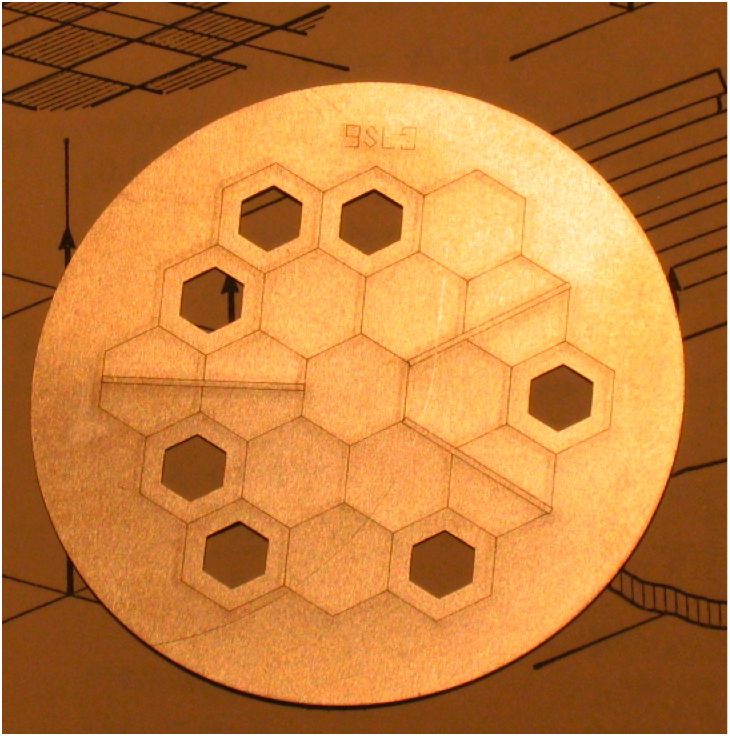
Direct Imaging
We are starting to detect planets at the epoch of formation - eg the accreting protoplanets PDS 70 bc.
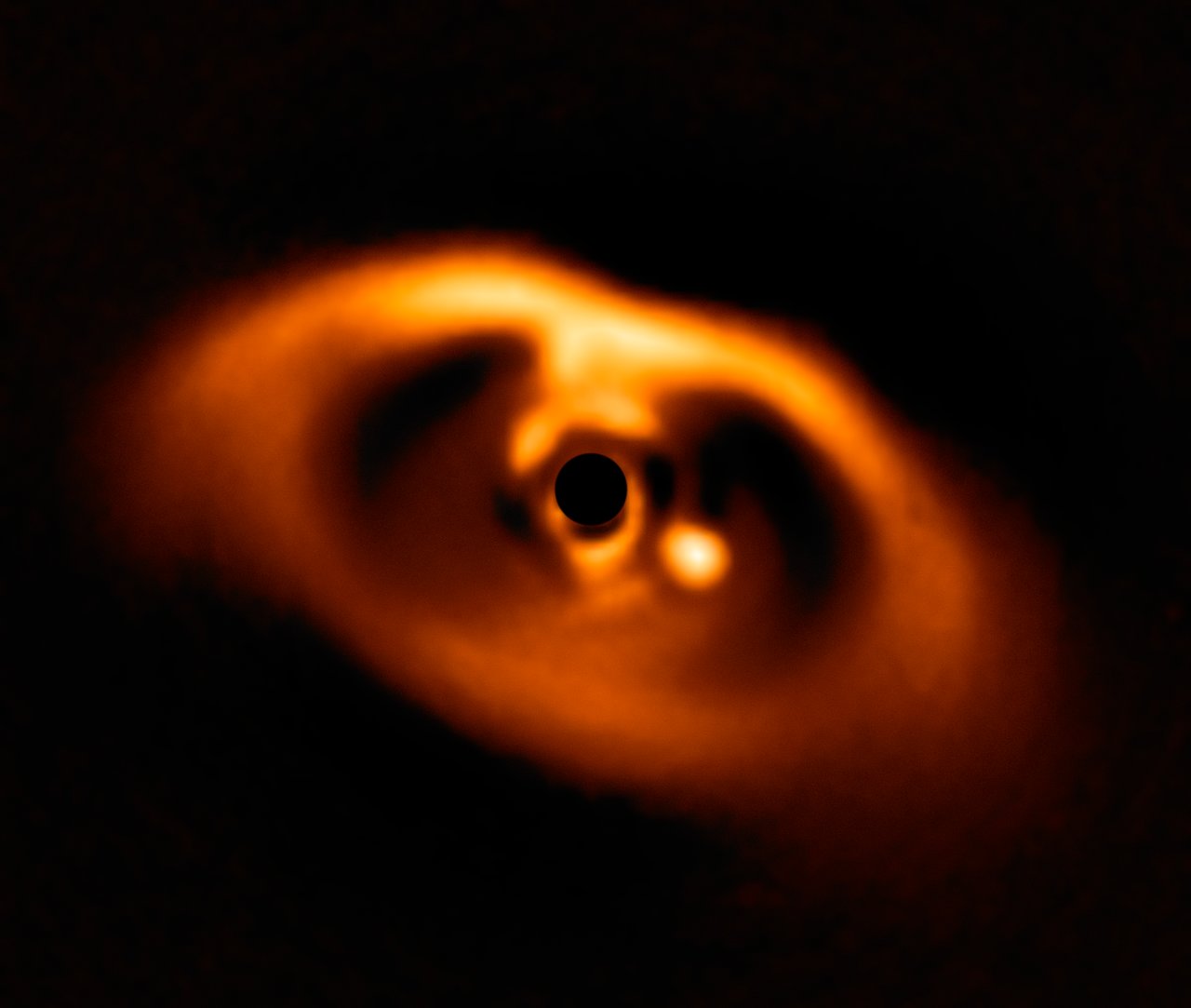
(ESO/A. Müller et al.)
Candidate around our nearest neighbour, α Cen!
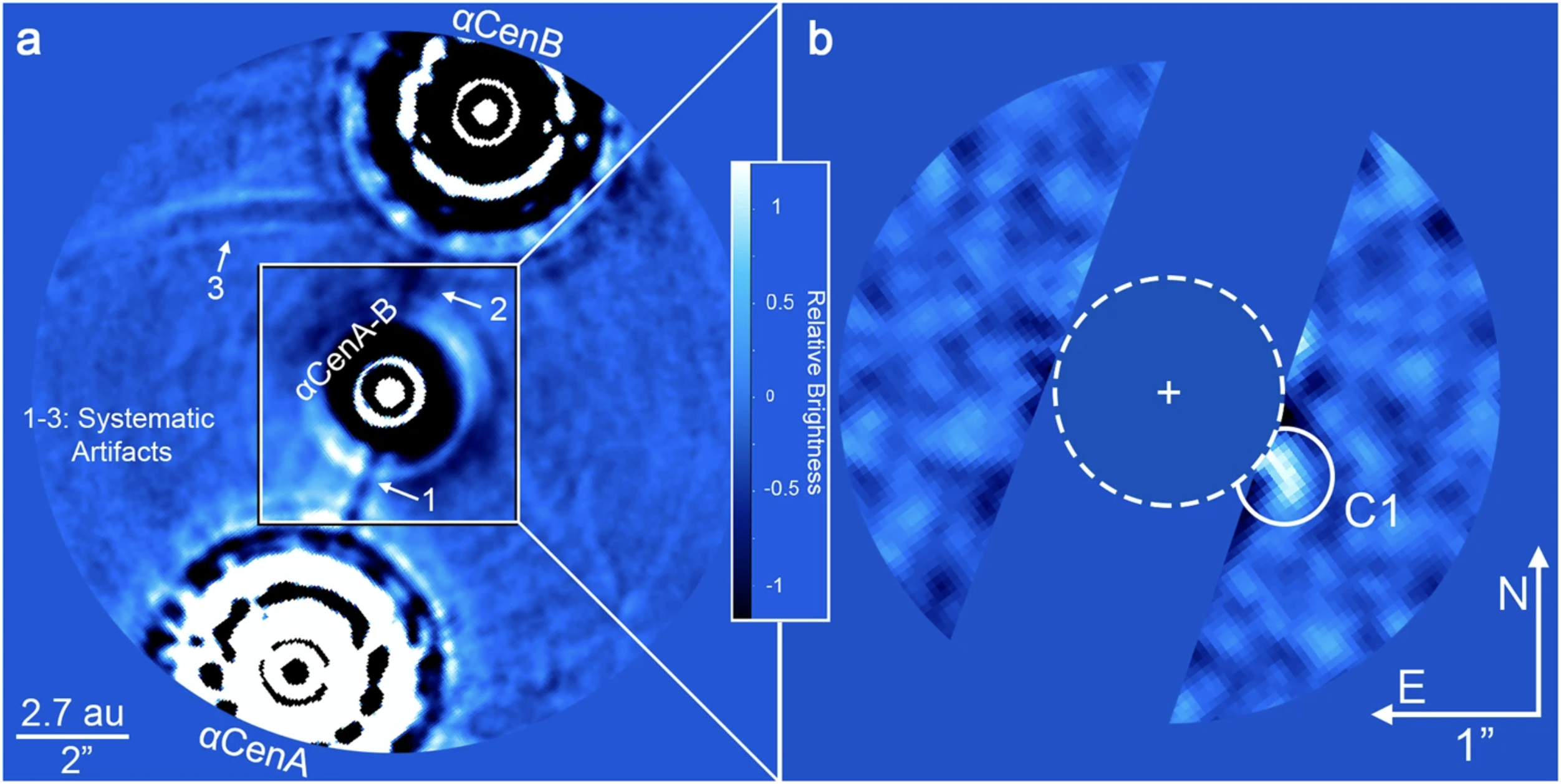
The main limitation on direct imaging is from wavefront aberrations which corrupt phase information.
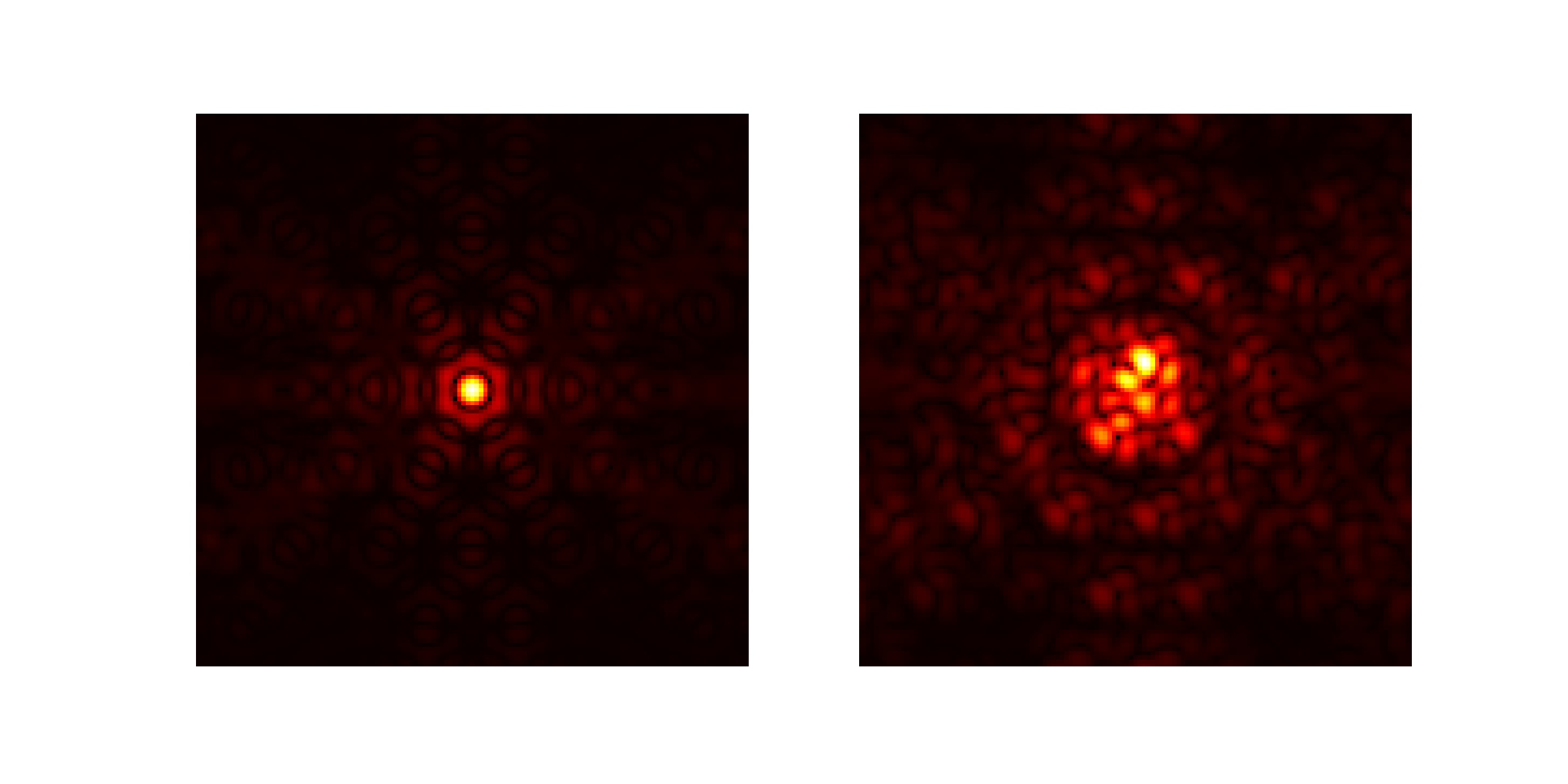
Coronagraphs

Lyot Coronagraph - Credit: Rebecca Oppenheimer, Lyot Project
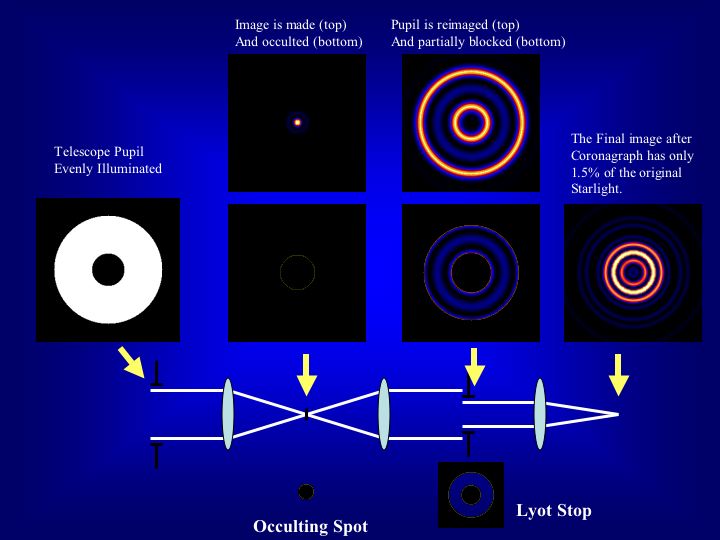
Credit: Rebecca Oppenheimer, Lyot Project
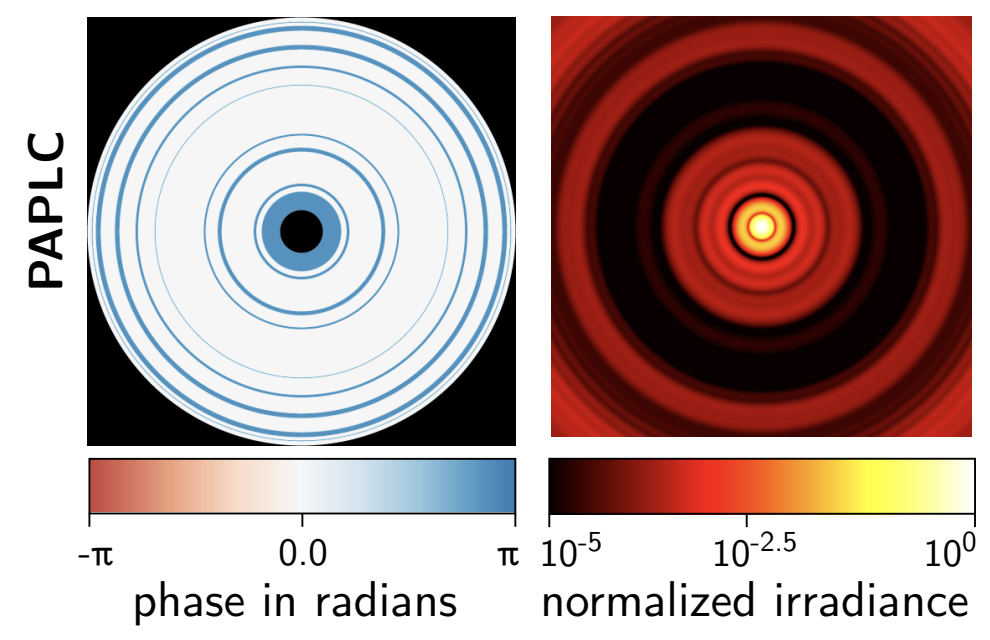
Phase Apodized Coronagraph: Por, 2019, arXiv:1908.02585
Toliman Space Telescope

'Abd al-Rahman al-Sufi,
MS. Marsh 144,
Bodleian Library

on the southern astrolabe
Detect planets with μ-arcsec astrometry
Astrometric precision proportional to gradient energy
Use diffractive optic to maximize this subject to constraints
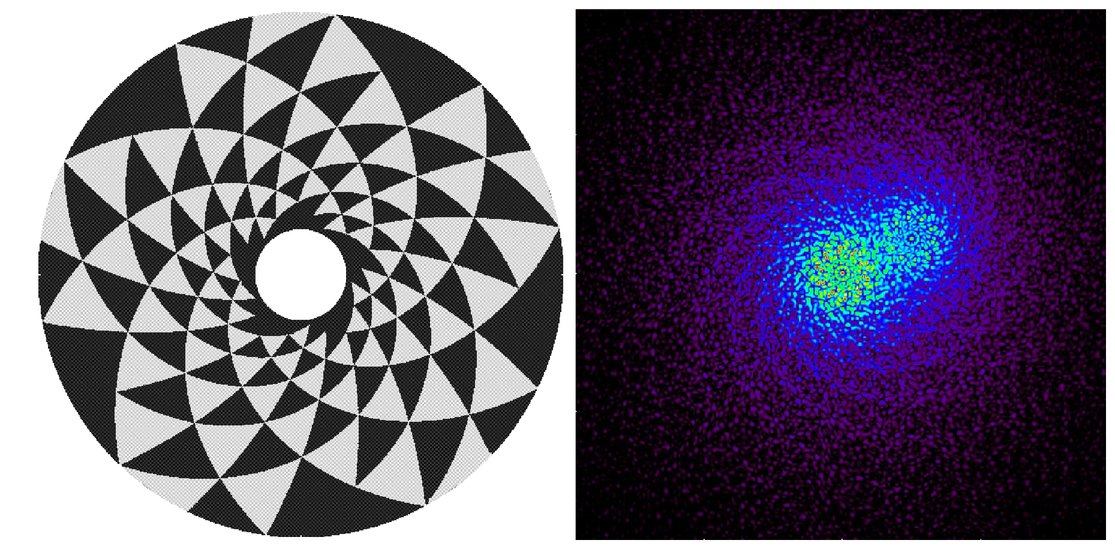
Early pupil design & simulation
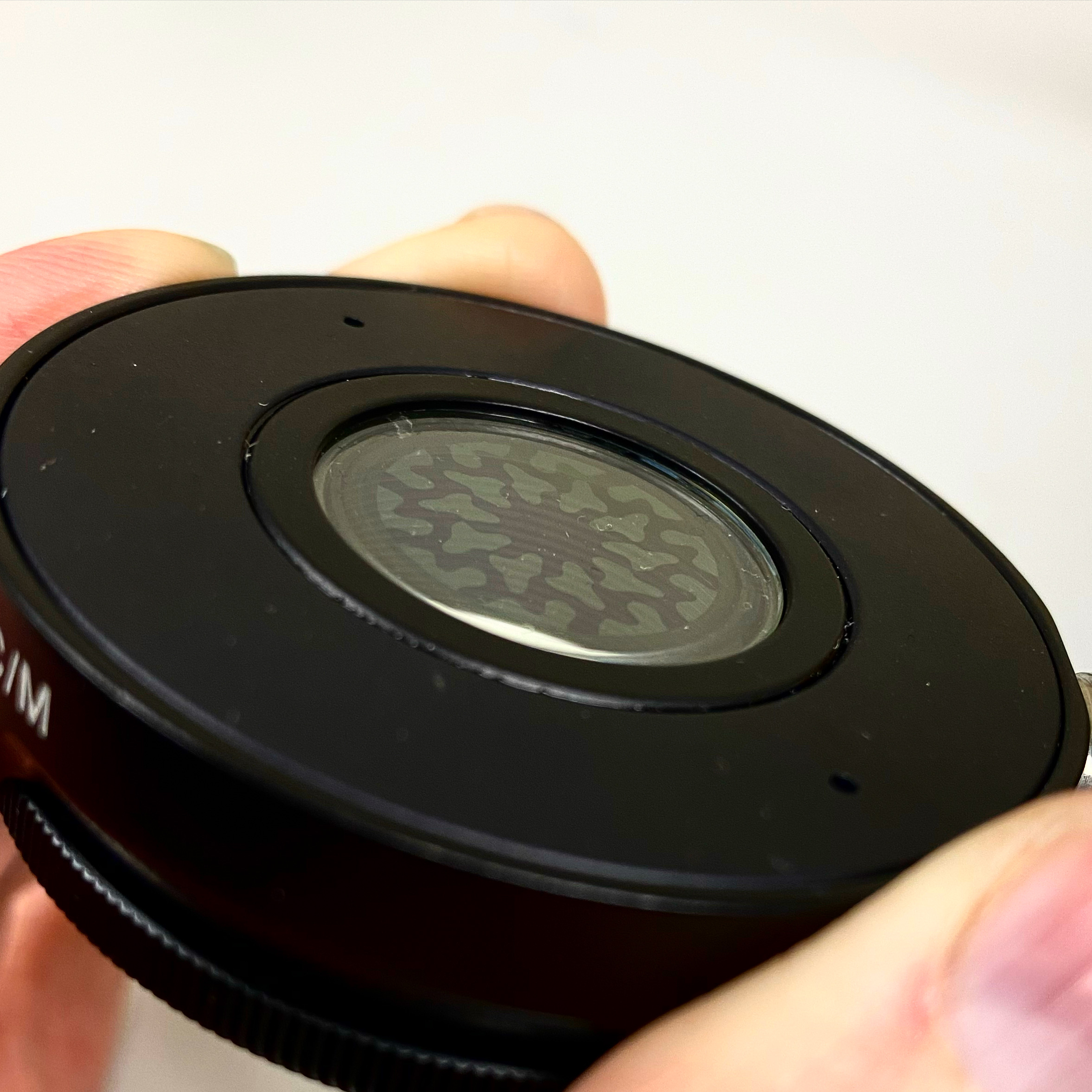
TOLIMAN lab test phase mask
Automatic Differentiation
What if we want to linearize an arbitrary optical system?
Optics is mathematically like machine learning: matrix multiplications and simple nonlinear functions
Can use automatic differentiation!
Autodiff is the enabling technology for deep neural networks - you use the chain rule to take derivatives of nearly-arbitrary numerical functions.
Implementations in TensorFlow, PyTorch, Julia native...
Here we use Google Jax, which resembles NumPy, to rewrite the Fourier/Fresnel optics code poppy to take derivatives
Comparable work in the DeepOptics group at Stanford
Louis Desdoigts - sensitivity of Toliman telescope design to Zernike modes
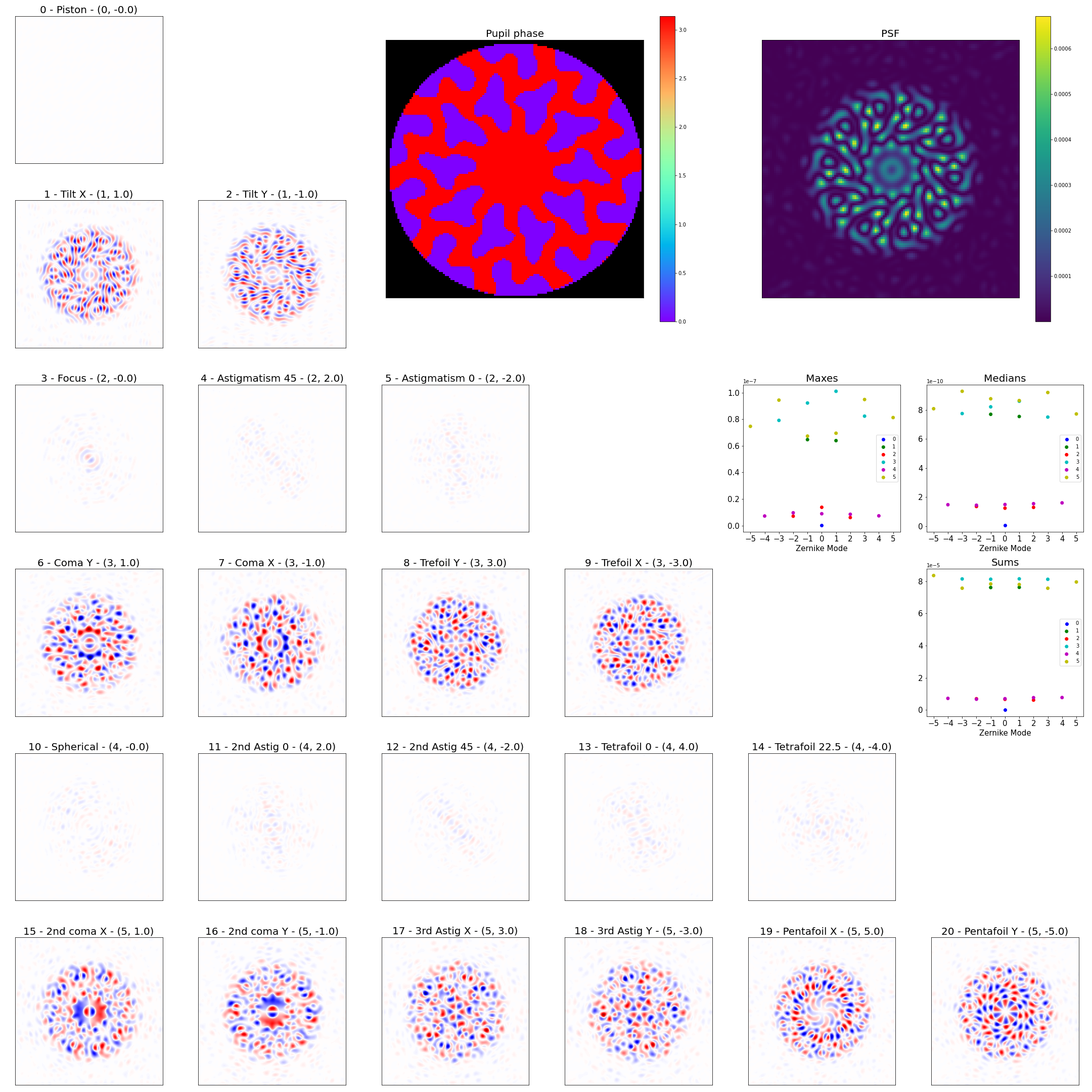
Alison Wong - phase retrieval and design by gradient descent

Phase Retrieval

Phase Retrieval with Saturation

Coronagraph Phase Mask Design
Continuous Latent-Image Mask Binarization (CLIMB)
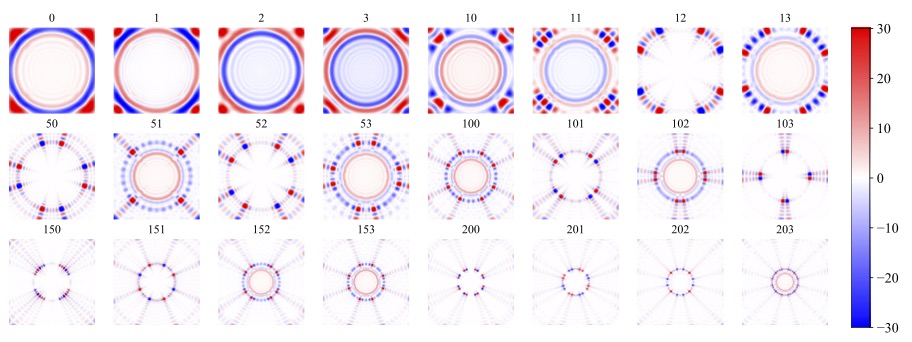
Basis used in CLIMB

Toliman Phase Mask Designs
Kernel Phase
Correlate baselines around a triangle of receivers
JWST has an aperture masking instrument on NIRISS to obtain closure phases

Linearize response to phase noise: suitable for stable high Strehl images, with point-source calibrators
Separate out linear subspaces of Fourier components that are immune to phase noise vs susceptible
Every point source image gives you a free wavefront measurement in the instrument pupil!
Cophasing segmented mirror in the lab (Pope+2014)

Jacobian of Palomar PHARO camera wrt phase


The Future
What else can we use this for?
Spatial light modulator enabled technology!
Particle beams?